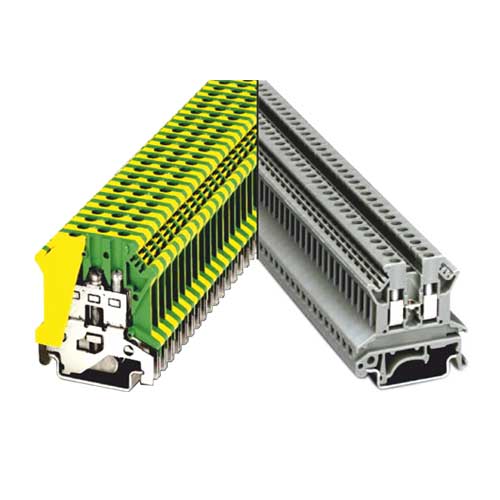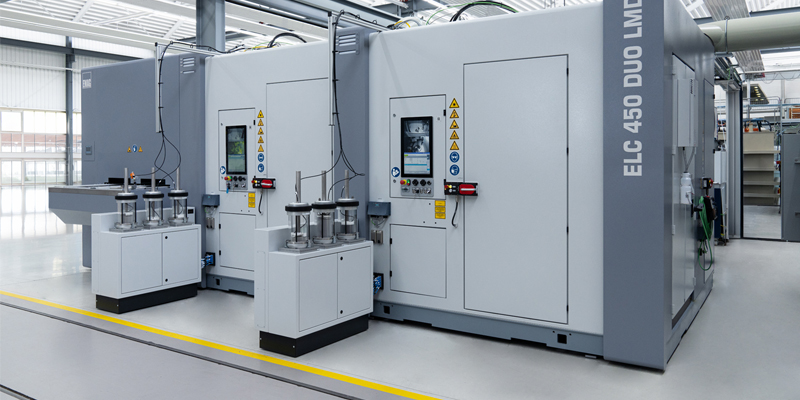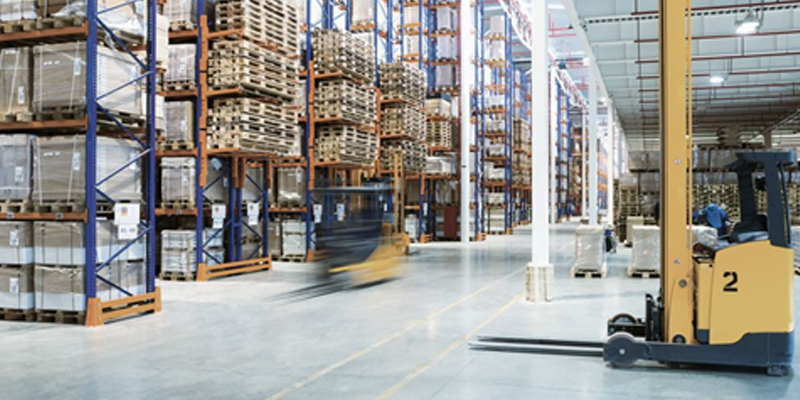Schedule a Call Back
Building the energy workforce of the future: Technological skills and leadership
 Articles
Articles- May 27,25

Related Stories

Building the energy workforce of the future: Technological skills and leadership
The Climate Change Committee projects that by 2030, low-carbon industries could create between 135,000 and 725,000 new jobs. The energy industry will need a workforce that’s tech-smart, adaptable,..
Read more
Turning the tide on emissions: Engineering sustainable materials with simulation
Turning the tide on emissions must begin with the materials that we choose. Simulation and materials intelligence allow engineers to ensure sustainability early in the product lifecycle. This approa..
Read more
Building the energy workforce of the future: Technological skills and leadership
The Climate Change Committee projects that by 2030, low-carbon industries could create between 135,000 and 725,000 new jobs. The energy industry will need a workforce that’s tech-smart, adaptable,..
Read moreRelated Products

Geared Electric Motors
Delco Fans Pvt Ltd offers single phase capacitor run and three
phase geared Instrument motors, totally enclosed face/foot mounted.

“Kusam-Keco” Partial Discharge Acoustic Imager - Model - Km-pdai
‘Kusam-Meco’ has introduced a new “Partial Discharge Acoustic Imager Model KM-PDAI.

78 Series Din Rail Terminal Blocks
Werner Electric Private Limited offers a wide range of 78 series din rail terminal blocks.













